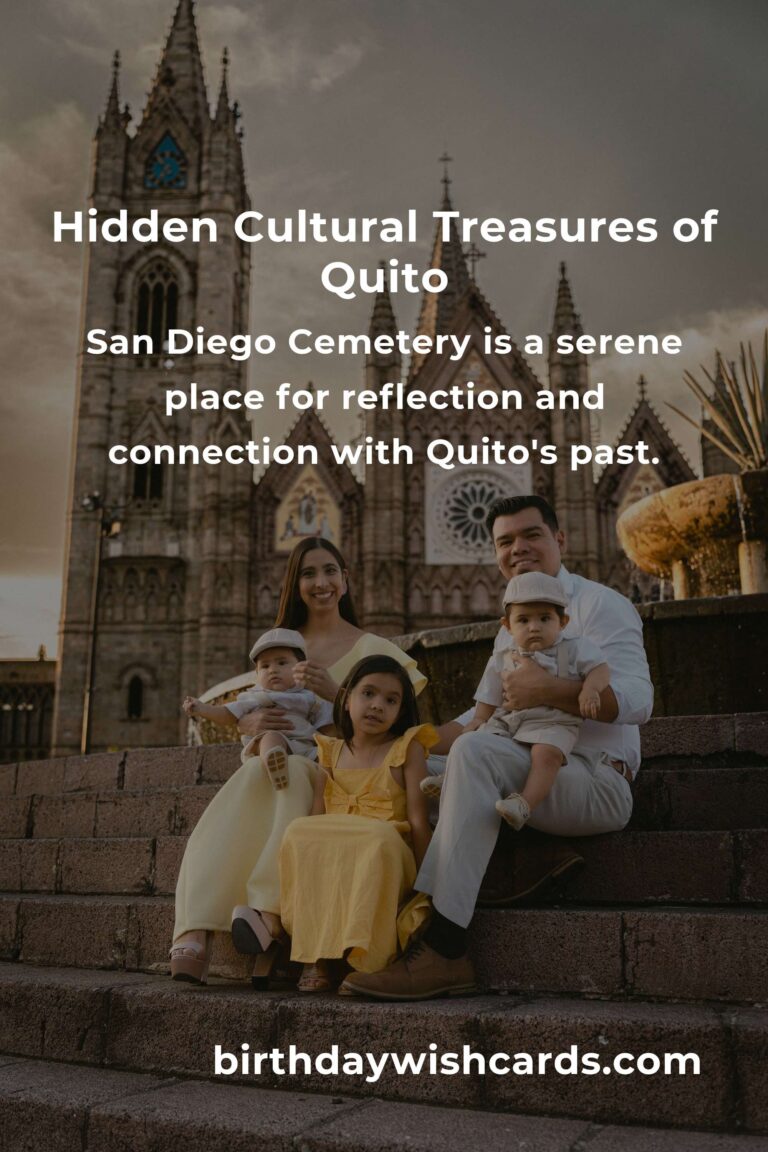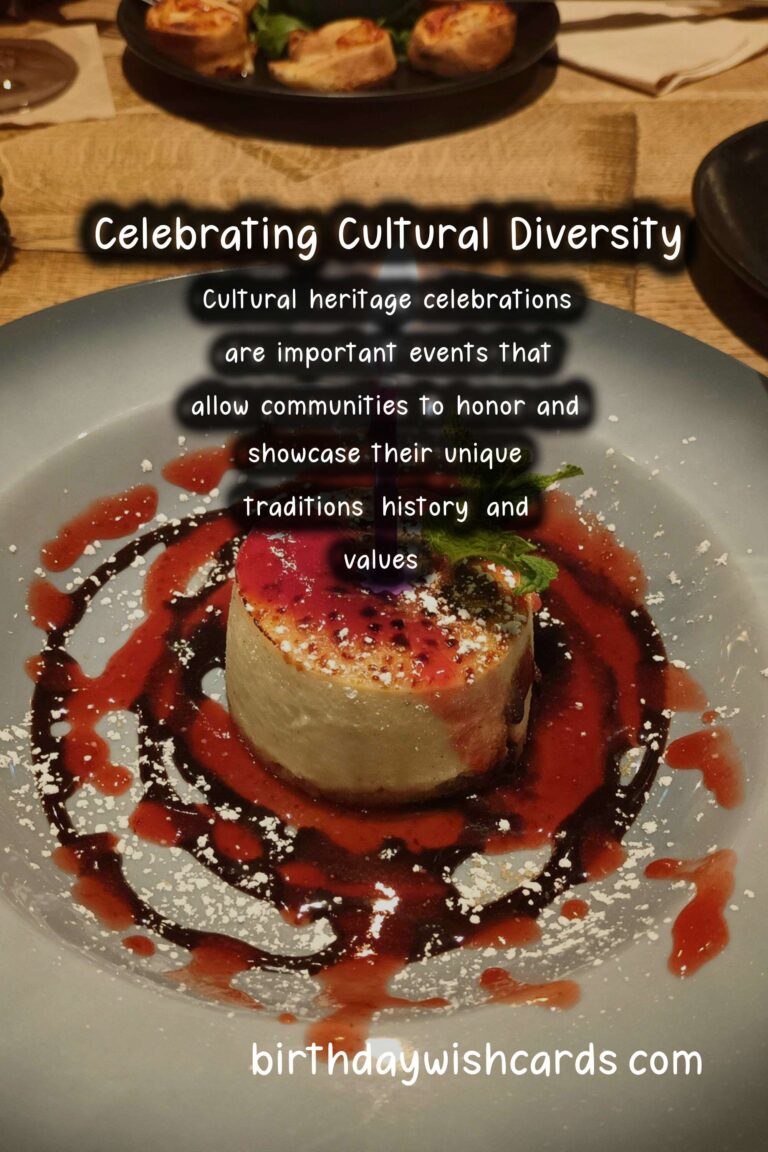
Cultural heritage celebrations are important events that allow communities to honor and showcase their unique traditions, history, and values. If you’re new to planning such events, this guide provides practical tips to ensure your celebration is successful and meaningful.
Understanding Cultural Heritage
Before you begin planning, it’s critical to understand what cultural heritage entails. Cultural heritage includes the traditions, customs, practices, and artifacts that define a group’s identity. These elements can be tangible, like historical buildings and artworks, or intangible, such as folklore and traditional music.
Steps to Plan a Successful Cultural Heritage Celebration
1. Define Your Objectives
Your first step should be to determine the goals of your celebration. Are you aiming to educate the community about specific cultural practices? Do you want to promote cultural pride? Clarifying your objectives will guide your planning process.
2. Form a Planning Committee
Assemble a group of dedicated individuals who share your passion for cultural heritage. This committee can help brainstorm ideas, delegate tasks, and provide diverse perspectives on the event.
3. Set a Budget
Establishing a budget early on is crucial. Consider all potential expenses, including venue rental, permits, marketing materials, entertainment, and refreshments. Seek sponsorships or partnerships with local businesses to ease financial burdens.
4. Choose a Date and Venue
Select a date that doesn’t conflict with other local events to maximize participation. The venue should be accessible and large enough to accommodate your expected guests. Consider outdoor spaces for a more relaxed atmosphere.
5. Design a Program
Plan a program that incorporates various activities reflecting the cultural heritage you are celebrating. This can include performances, workshops, art displays, and storytelling sessions. Including interactive elements will engage attendees and enhance their experience.
6. Promote the Event
Create a marketing plan to spread the word about your event. Use social media, local newspapers, community bulletin boards, and flyers. Engaging local influencers to promote your event can also help reach a broader audience.
7. Collaborate with Cultural Organizations
Partnering with local cultural organizations can lend authenticity to your celebration. They might provide resources, volunteers, and expertise, making the event more impactful.
8. Prepare for Logistics
Ensure all logistical aspects are in place, including sound systems, seating arrangements, and food service. Having a clear timeline for the day of the event will help everything run smoothly.
9. Gather Feedback
After the event, soliciting feedback from attendees can provide valuable insights for future celebrations. Understand what worked well and areas that need improvement.
Celebrating Diversity
Cultural heritage celebrations provide a platform for communities to recognize and appreciate diversity. As you plan your event, ensure that it represents multiple voices and stories within the cultural group.
Conclusion
Planning a cultural heritage celebration can be a rewarding experience. By following these steps and embracing the spirit of your culture, you can create an event that honors traditions, brings people together, and fosters a sense of community pride. Happy planning!
Cultural heritage celebrations are important events that allow communities to honor and showcase their unique traditions, history, and values. If you’re new to planning such events, this guide provides practical tips to ensure your celebration is successful and meaningful. 
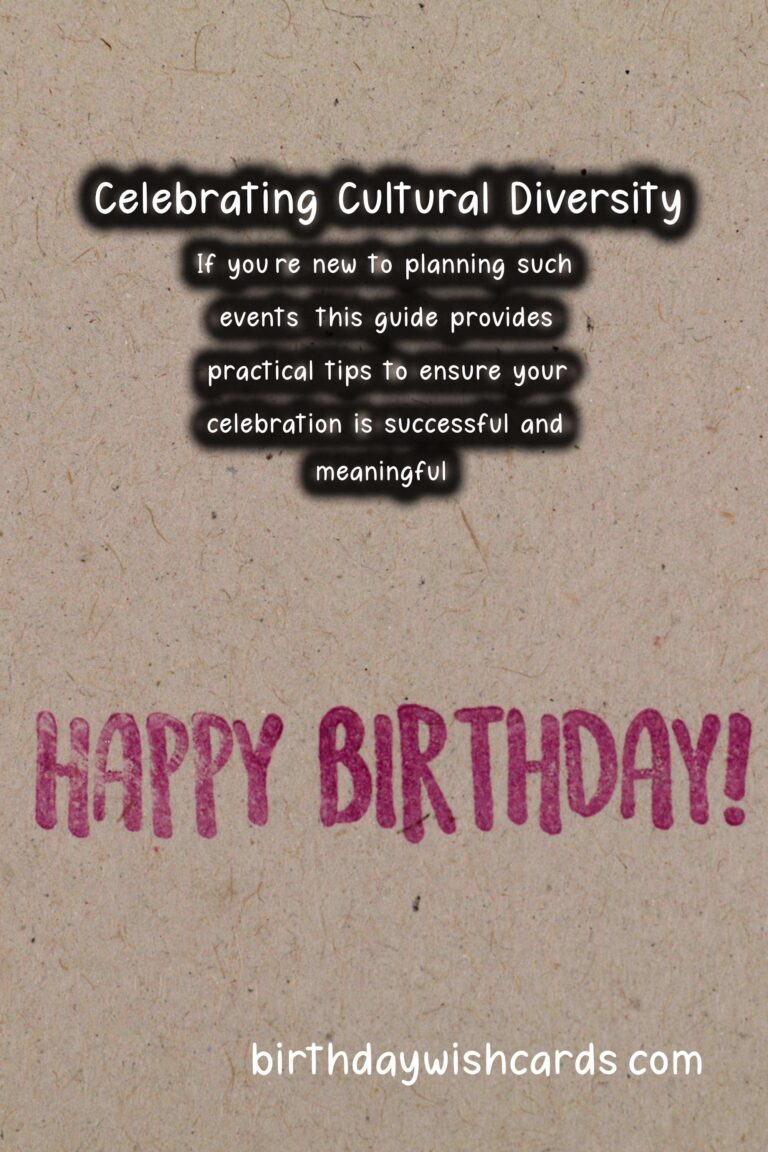
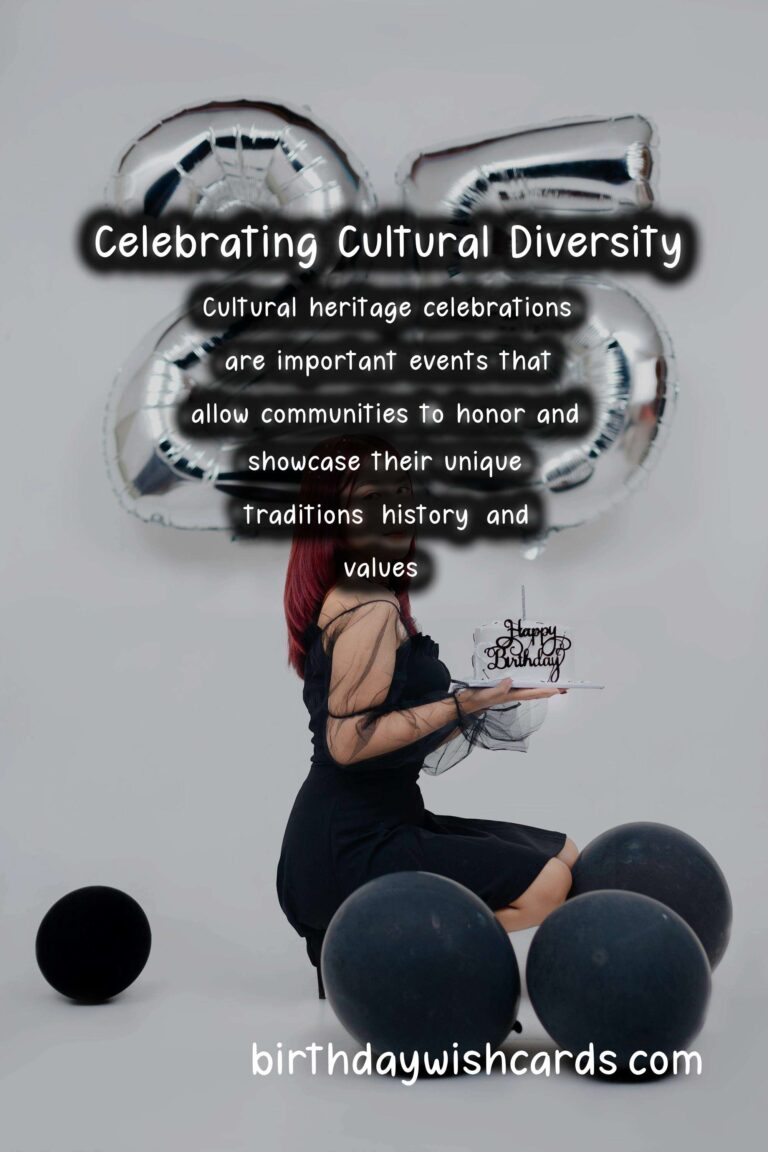
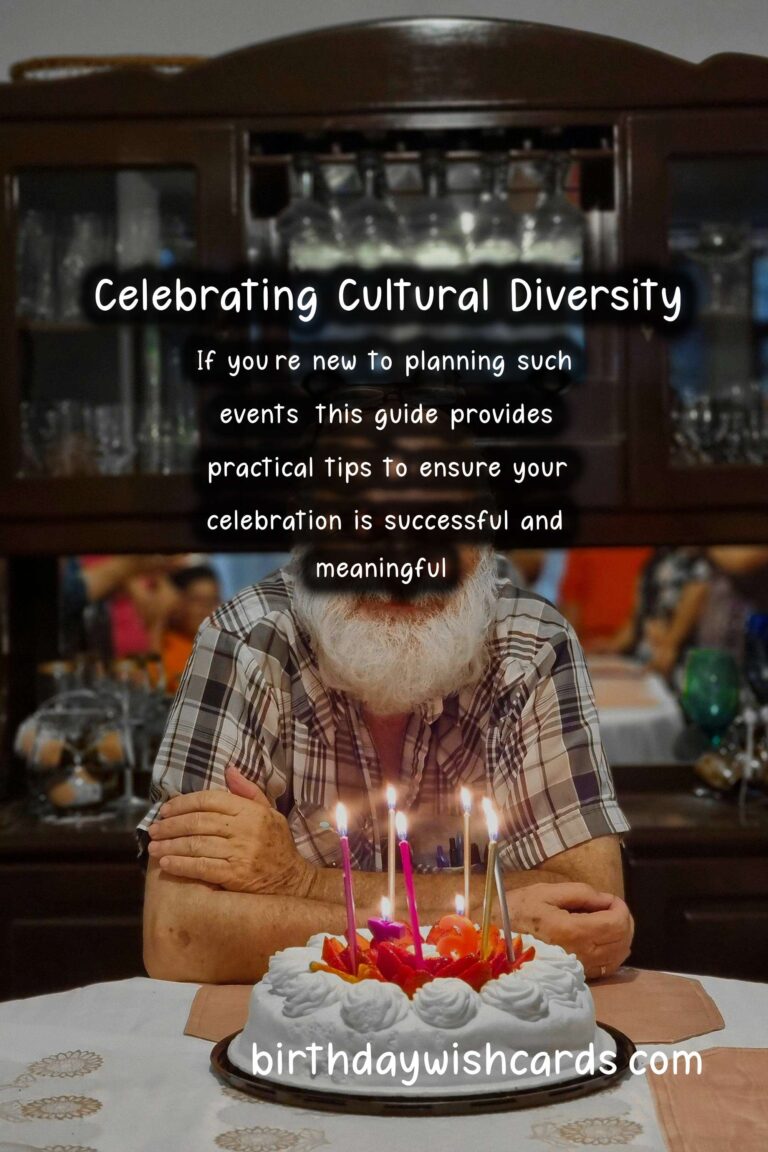
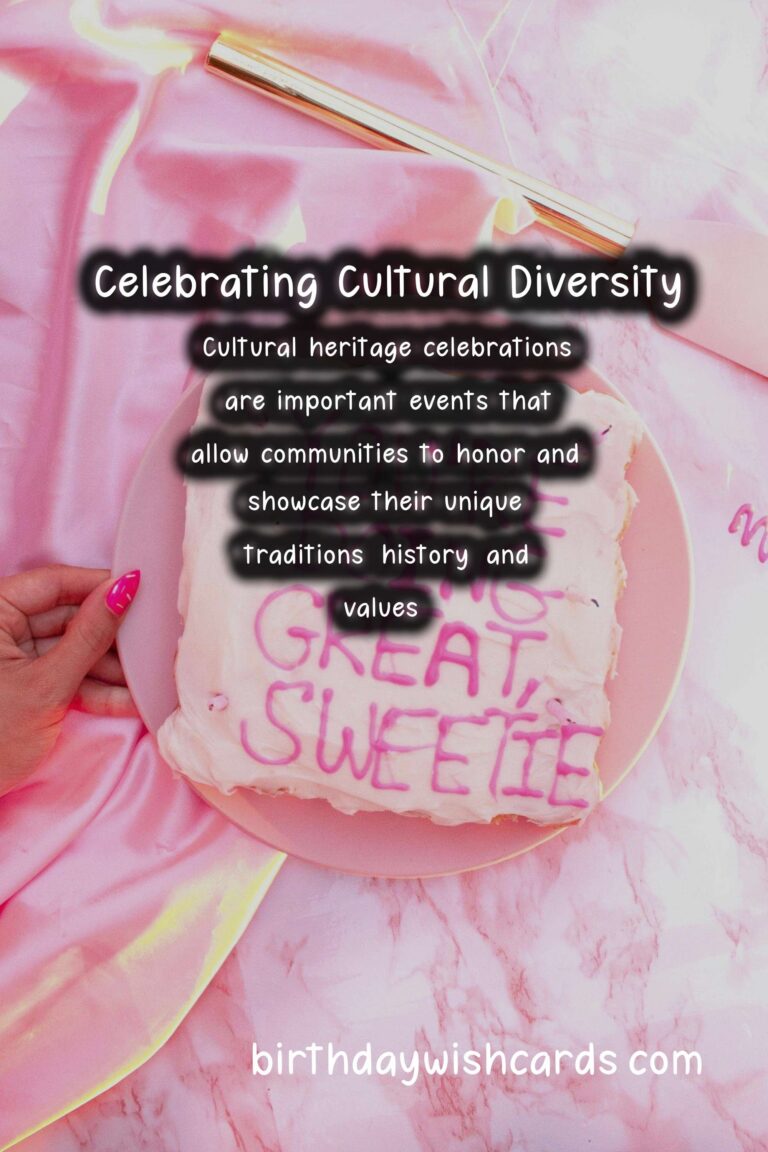
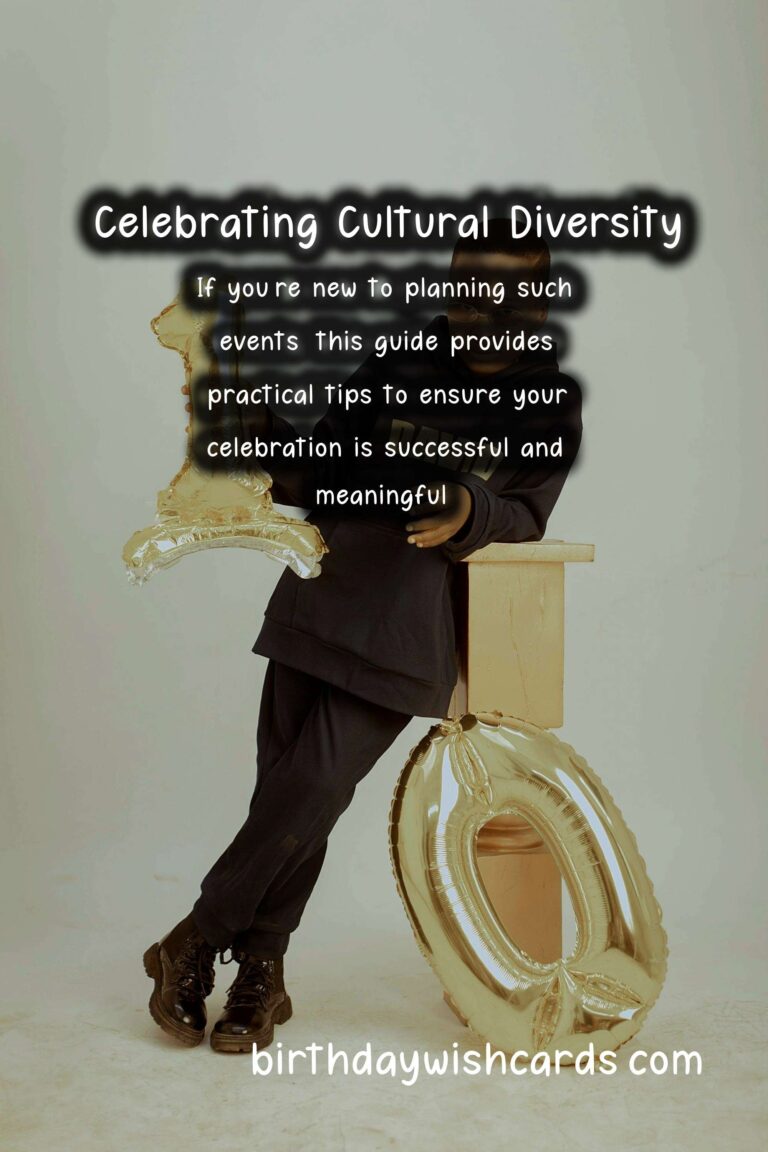
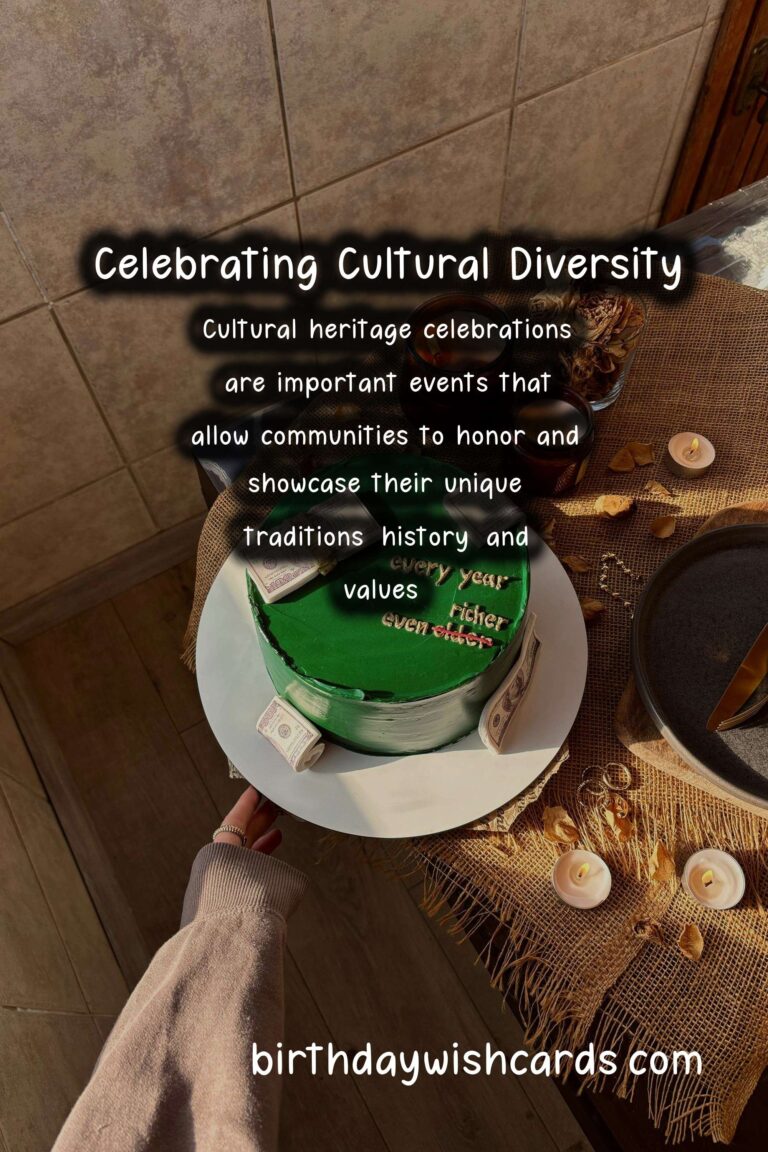
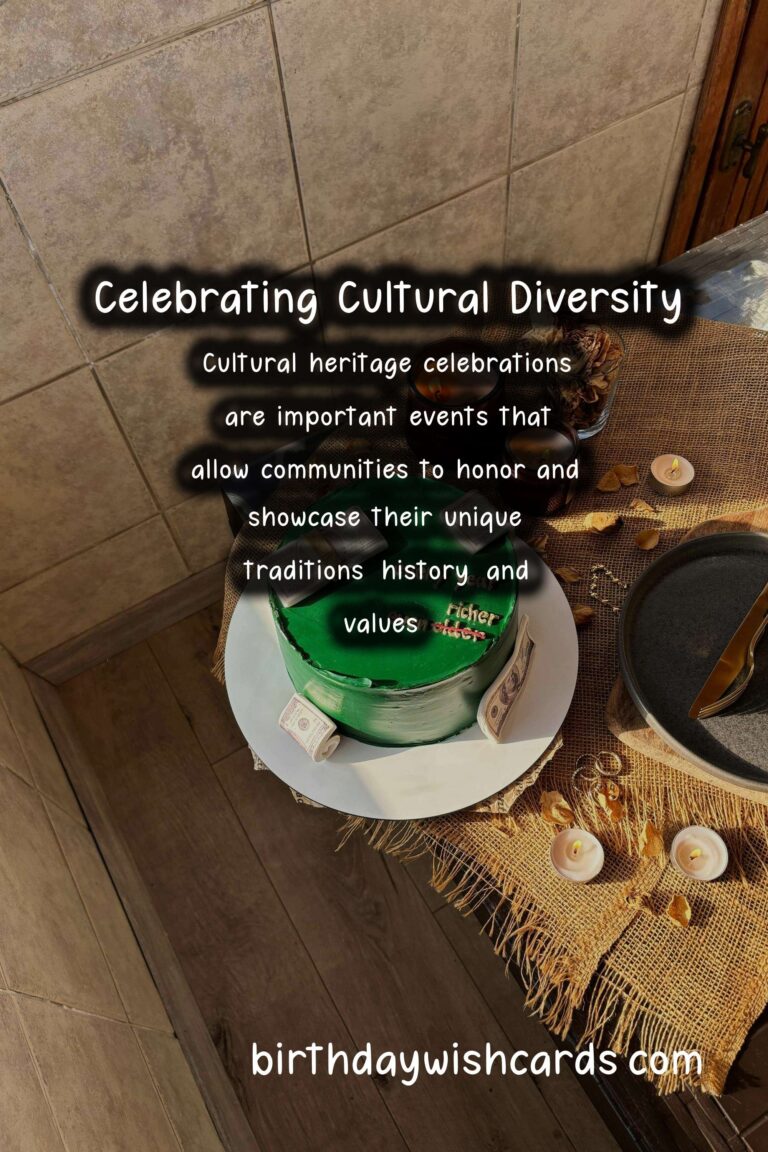
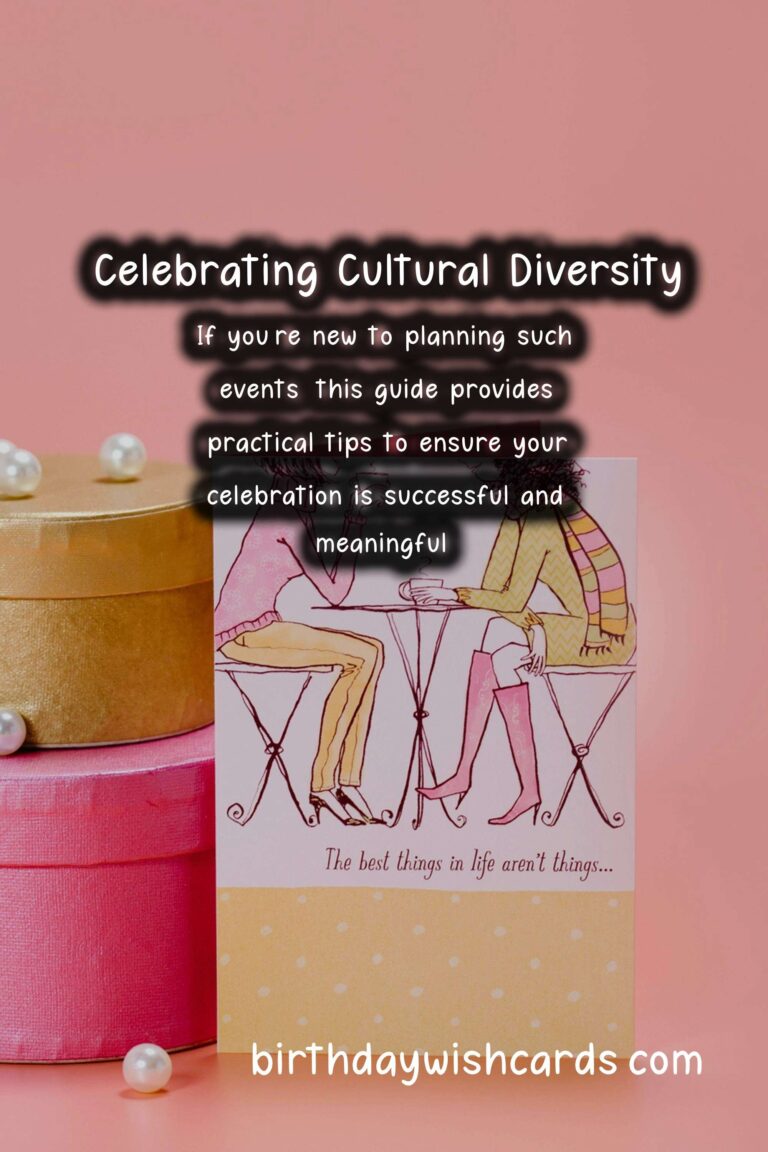
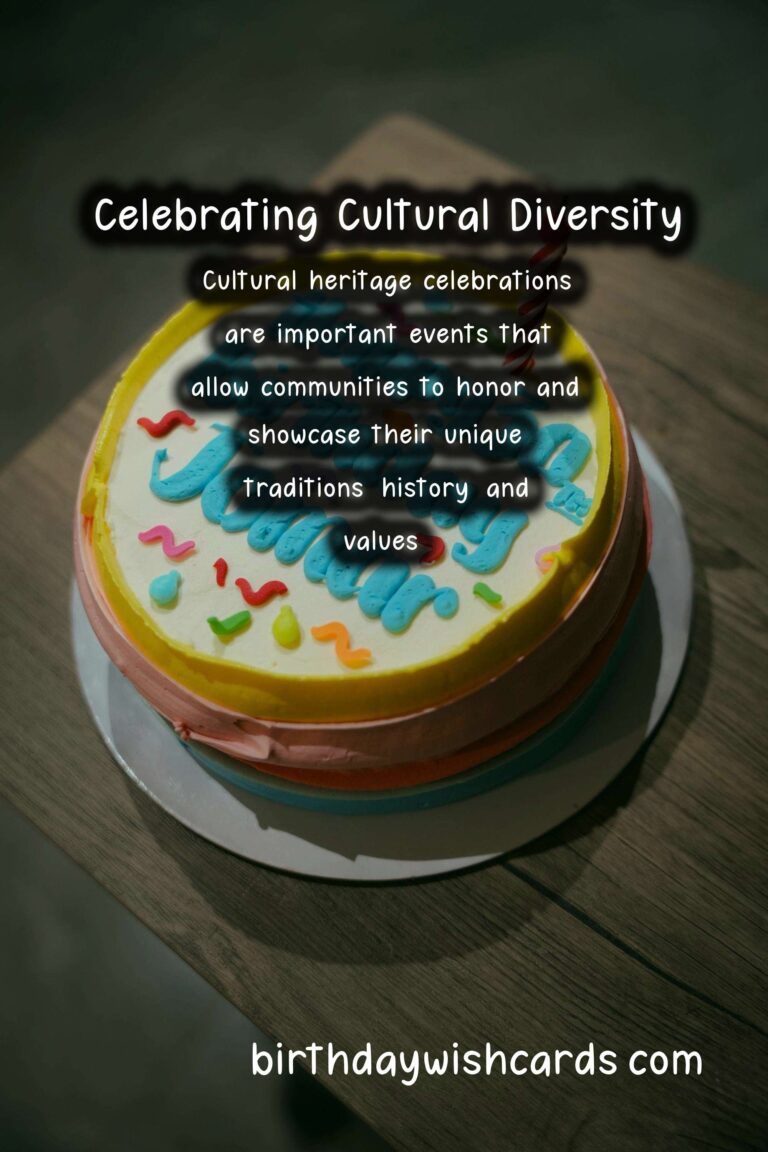
#CulturalHeritage #CelebrationTips




